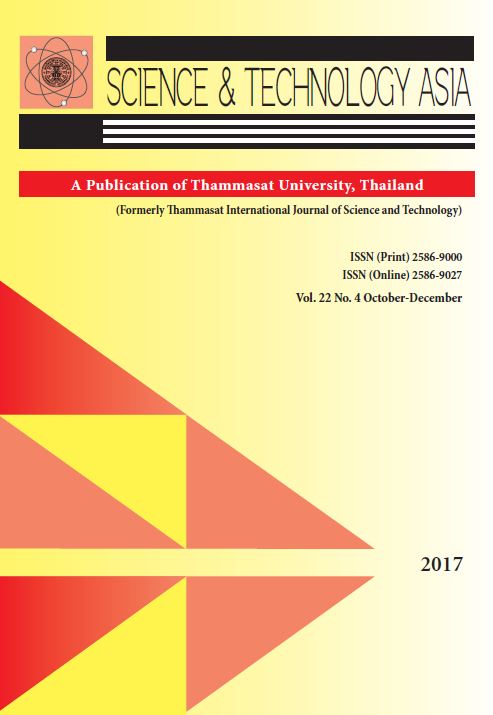Genetic Relationship Assessment and Identification of Orchids in the Genus Eria Using HAT-RAPD Markers
Main Article Content
Abstract
High Annealing Temperature-Random Amplified Polymorphic DNA (HAT-RAPD) markers were used to study the genetic relationship among 15 samples of orchids in the genus Eria. DNA amplification of 31 random primers out of 72 random primers was successful. In this study, we selected 21 random primers with clear amplified products for further genetic analysis. The result showed significant differences among all samples and also showed specific bands in each sample. Moreover, we found 21 random primers which tended to be DNA markers for further identification. Based on polymorphic bands, a dendrogram was constructed. Genetic similarities among 15 samples of Eria species were demonstrated, and the samples could be classified into 3 groups with similarity coefficients ranging from 0.36 to 0.85.


